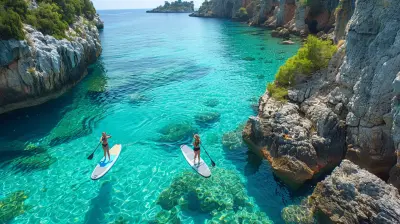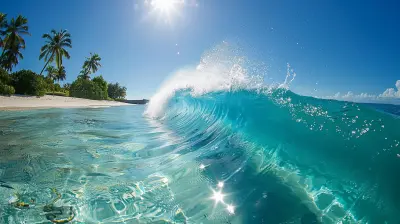Into the Sahara: Camel Treks Across Sandy Seas
11 August 2025
Ever wondered what it would feel like to walk on a sea made of sand? To see the sun melt into golden dunes while you ride a camel, swaying side to side like a ship on gentle waves? Well, welcome to the Sahara Desert – nature’s most dramatic stage and probably the closest thing Earth has to another planet.
There’s something wake-up-callish about being in a place so massive, so still, and so raw. The Sahara isn’t just a desert; it’s a deep breath of silence, a whispering wind of ancient tales, and a burning reminder of how small we really are.
Let’s take a closer look at camel trekking through this majestic landscape. Whether you’re a backpacker on a budget, a luxury-seeking traveler, or just someone craving a genuine connection with nature – a camel trek across the Sahara might just be a life-changer.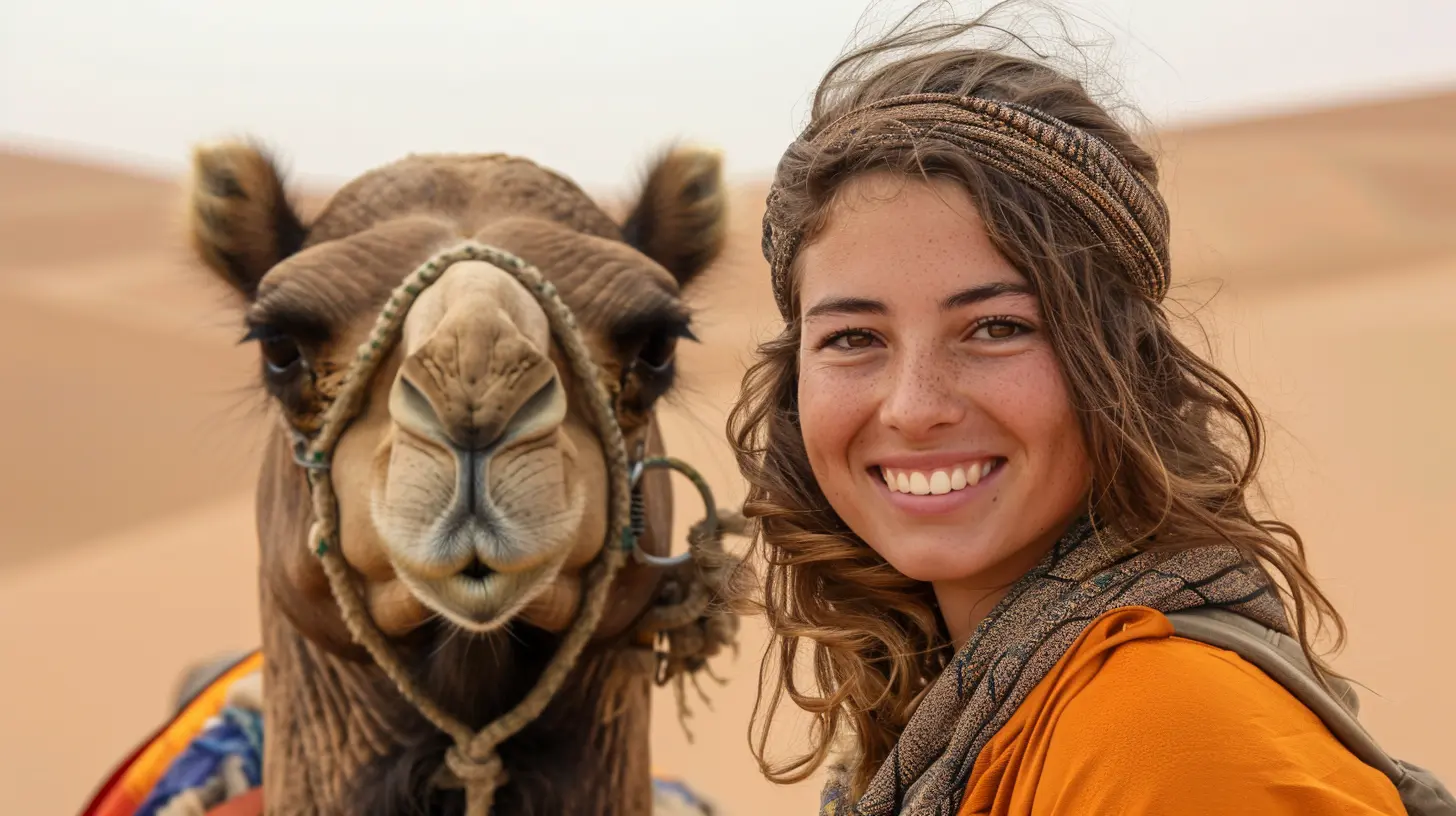
The Sahara: More Than Just Sand and Heat
We often picture the Sahara as a never-ending sandpit under a scorching sun. And yes, sand and heat are part of the deal. But there's so much more than that. The Sahara is a living, breathing world with ancient oases, surprising wildlife, and desert communities that have thrived for centuries.Stretching across eleven countries and covering over 9 million square kilometers, the Sahara is the largest hot desert on Earth. It’s larger than the United States! It spans nations like Morocco, Algeria, Tunisia, Mali, Egypt, and Libya. Each region offers a unique take on desert culture and terrain – from rocky plateaus and salt flats to sweeping sand dunes that look like something out of a sci-fi movie.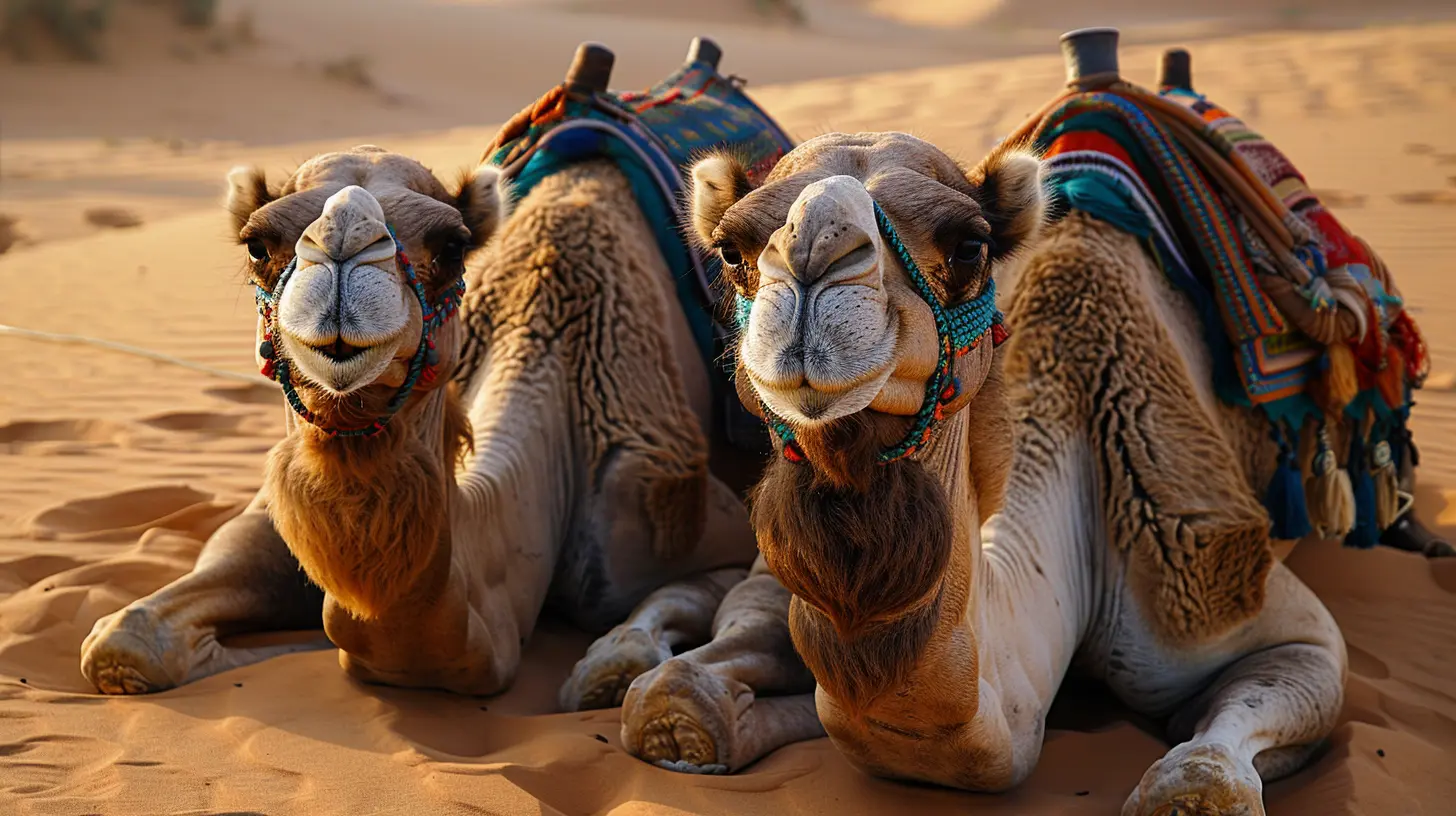
What’s So Special About Camel Treks?
Let’s get one thing straight – this isn’t just a joyride on a cute animal (though camels are strangely charming). A camel trek is a slow, soulful journey. It forces you to disconnect from the noise, to match the rhythm of nature, and to feel the land under every heartbeat.Camels, often called the "ships of the desert," have been used for centuries by nomadic tribes. These guys are built for the desert: they store fat in their humps (not water – that’s a myth!), can go days without drinking, and have feet like built-in sandshoes. Riding one feels a little awkward at first, kind of like balancing on a living rocking chair, but you get used to the motion quickly.
Morocco: The Gateway to a Sahara Trek
If you’re wondering where to start, Morocco is hands-down the most popular place to begin your desert adventure. Towns like Merzouga and M’Hamid serve as launchpads into the vast sand seas of Erg Chebbi and Erg Chigaga, famous for their glowing red-orange dunes that can rise up to 500 feet.Merzouga’s Perks:
- Easily accessible from Marrakech or Fes by road or bus.
- Home to Erg Chebbi, some of the tallest dunes in Morocco.
- Lots of friendly local guides who grew up in the desert.
Most treks range from a single overnight stay to several days of wandering far into the rolling dunes. Don’t worry if you’ve never done this before — your guides (usually Berber nomads) are pros at making you feel right at home.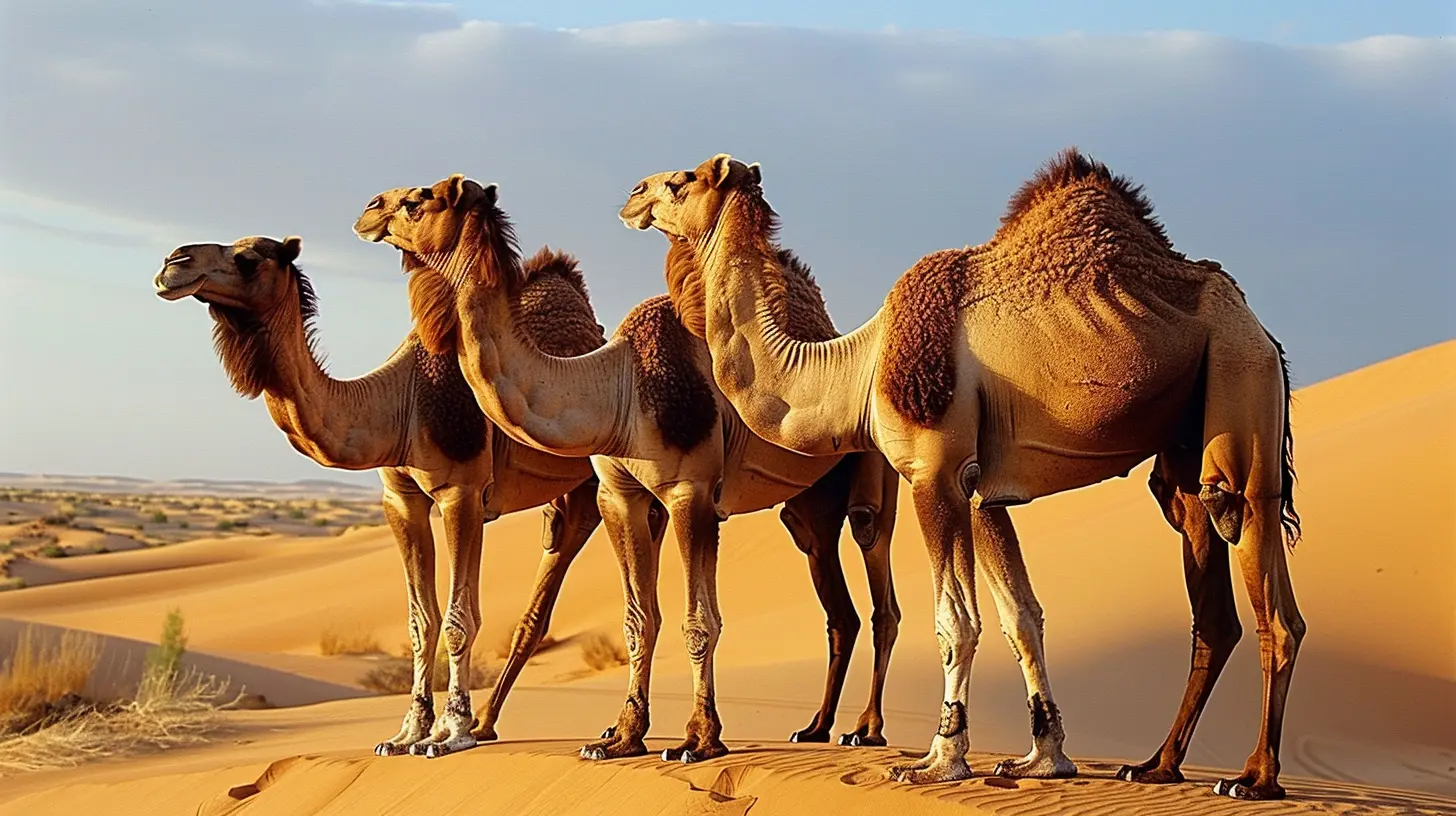
What to Expect on a Camel Trek
1. The Ride Itself
Let’s talk camels — they don’t rush. You’ll move at a peaceful plod, which gives you a chance to take it all in. There’s a rhythm to it, almost meditative. The sway of the camel, the crunch of sand underfoot, the wind that brushes across your face like a whisper from another world.You’ll usually ride for a couple of hours in the morning, rest during the hottest part of the day, and continue into the evening when the temperatures cool.
2. Desert Camping
Sleeping in the Sahara under a blanket of stars is something you’ll carry with you forever. There’s almost no light pollution, so the night sky EXPLODES with stars. Seriously, it feels like someone sprinkled glitter across a black canvas.Depending on your budget, desert camps range from basic tents with sand floors (old-school adventure vibes) to luxury setups with hot showers, comfy beds, and gourmet meals.
3. Berber Hospitality
Your guides are usually local Berbers – the indigenous people of North Africa. These folks are the real heart of the Sahara trek experience. They’ll cook meals over open fires, sing traditional songs by the campfire, and share stories that have been passed down through generations.Grilled meats, fresh vegetable tagines, sweet mint tea – the food is simple but oh so satisfying.
Best Time To Go
You’ll want to avoid the Sahara in the peak of summer (June – August). Trust me, the heat is no joke. Plan your trip during:- October to April: Perfect weather for trekking – warm days and cool nights.
- Spring (March to May): Dunes are stunning with occasional bursts of desert blooms.
- Autumn (September to November): The temps are just right, and crowds are thinner.
What to Pack for Your Camel Trek
You don’t need much, but a few smart items can make your trek way more comfortable:- Headscarf or turban: Protects from sun, dust, and sandstorms.
- Loose, breathable clothes: Cover up to protect from the sun.
- Sunglasses: Trust me, the glare is real.
- Sunscreen & lip balm: Desert sun is no joke.
- Refillable Water Bottle: Stay hydrated.
- Camera or journal: You’ll want to capture every surreal moment.
And yes – don’t forget your sense of wonder.
Challenges? Sure. But Worth It.
Alright, let's keep it real. Camel treks aren’t always comfy. You might get sore from riding. Sand gets everywhere. Sometimes, the toilet situation is very basic (hello, nature!). And you’ll be off the grid – no WiFi, no Insta stories for a while.But you know what? That’s kind of the point. The Sahara forces you to live differently, to slow down, and appreciate the little things — like the warmth of your tea, the crunch of sand underfoot, or the way the sun paints the dunes in fifty shades of golden orange.
Ethical Trekking: Travel with Respect
As dreamy as camel trekking sounds, it’s worth noting that sustainability and ethical tourism matter now more than ever. Here’s how you can trek responsibly:- Choose local guides and companies to ensure your money supports the community.
- Be kind to the camels. Reputable companies treat animals with care. Avoid those that overload or mistreat them.
- Leave no trace. Pack out your trash, respect local customs, and be mindful of water use in this fragile ecosystem.
Final Thoughts: A Journey That Changes You
Honestly, there are few experiences that compare to riding a camel into the heart of the Sahara. It’s like stepping into a dream — every grain of sand telling a story, every star whispering something ancient.You come for the adventure, but you leave with something deeper. Maybe it’s a new perspective on time. Or silence. Or how surprisingly delicious camel couscous can be.
So if you’ve ever felt the itch for something different, something real – saddle up, grab your turban, and take the plunge into the sandy seas of the Sahara.
Trust me, the desert has a way of staying with you.
all images in this post were generated using AI tools
Category:
Adventure TravelAuthor:

Winona Newman
Discussion
rate this article
2 comments
Darrow McVey
What an inspiring read! The beauty and adventure of the Sahara truly come alive through your words. I can’t wait to experience the magic of camel treks for myself!
November 4, 2025 at 3:35 PM
Colin Henson
Exploring the Sahara on camelback was life-changing; the vast beauty and serenity truly redefined my travel experiences.
August 14, 2025 at 4:45 PM

Winona Newman
I'm glad to hear that your camel trek in the Sahara was such a transformative experience! The beauty and tranquility of the desert truly have a way of redefining our perspective on travel.

